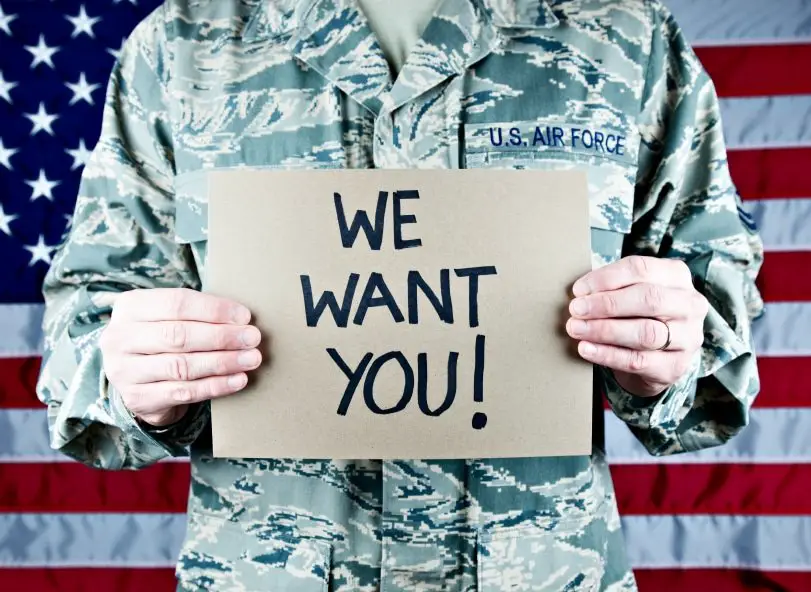Navy Flight Training

Introduction to Navy Flight Training

Navy flight training is a highly competitive and rigorous process that pushes individuals to their limits, testing their physical and mental endurance. The training is designed to prepare students for the demands of naval aviation, where they will be required to operate in a fast-paced, dynamic environment. To become a naval aviator, one must undergo a series of evaluations, screenings, and training exercises that assess their aptitude, skills, and character. In this blog post, we will delve into the world of navy flight training, exploring the various stages, requirements, and challenges that students face on their journey to becoming a naval aviator.
Basic Requirements and Eligibility

To be eligible for navy flight training, individuals must meet certain basic requirements. These include being a U.S. citizen, holding a bachelor’s degree from an accredited institution, and being between the ages of 19 and 29. Additionally, applicants must pass a series of physical and medical evaluations, including a physical fitness test and a medical examination. They must also undergo a background check and obtain a security clearance. Furthermore, applicants must have a strong foundation in mathematics and science, as well as excellent communication and leadership skills.
Officer Candidate School (OCS) and Aviation Preflight Indoctrination (API)

The first step in becoming a naval aviator is to attend Officer Candidate School (OCS), where students learn the fundamentals of naval leadership and ethics. Following OCS, students proceed to Aviation Preflight Indoctrination (API), a six-week course that introduces them to the basics of flight and naval aviation. During API, students learn about aerodynamics, weather, navigation, and aircraft systems. They also undergo physical conditioning and swim tests to prepare them for the demands of flight training.
Primary Flight Training

After completing API, students begin Primary Flight Training, a comprehensive program that teaches them the fundamentals of flight. During this phase, students learn to fly the T-6 Texan II, a turboprop aircraft used for primary flight training. They practice takeoffs, landings, turns, and emergency procedures, gradually building their skills and confidence. Students also learn about air traffic control, weather, and navigation, as well as emergency procedures such as engine failures and system malfunctions.
Advanced Flight Training

Upon completing Primary Flight Training, students progress to Advanced Flight Training, where they learn to fly more complex aircraft such as the T-45C Goshawk or the F/A-18 Hornet. During this phase, students practice aerobatic maneuvers, formation flying, and combat tactics. They also learn about radar, electronic warfare, and tactical procedures. Advanced Flight Training is highly demanding, both physically and mentally, and requires students to demonstrate exceptional skill, judgment, and decision-making.
Carrier Qualification and Fleet Replacement Squadron (FRS) Training

The final stage of navy flight training is Carrier Qualification, where students learn to land on an aircraft carrier. This requires precise timing, exceptional skill, and nerves of steel. Following Carrier Qualification, students attend Fleet Replacement Squadron (FRS) Training, where they learn to fly a specific type of aircraft, such as the F/A-18 or the P-8 Poseidon. During FRS training, students practice mission-specific tactics, emergency procedures, and crew resource management.
💡 Note: The navy flight training program is highly competitive, and students must meet strict performance standards to progress through each stage.
Challenges and Opportunities

Navy flight training is a challenging and rewarding experience that offers students the opportunity to develop their skills, build their confidence, and serve their country. However, the program is not without its challenges. Students must cope with intense physical and mental demands, high levels of stress, and continuous evaluation. Despite these challenges, many students find the experience highly rewarding, both personally and professionally. Upon completing navy flight training, students are awarded their Wings of Gold and become fully qualified naval aviators, ready to serve their country and defend its interests.
Types of Naval Aircraft

The U.S. Navy operates a wide range of aircraft, each with its unique characteristics, capabilities, and mission requirements. Some of the most common types of naval aircraft include: * F/A-18 Hornet: a multirole fighter aircraft used for air-to-air combat, air-to-ground strikes, and reconnaissance. * P-8 Poseidon: a maritime patrol aircraft used for anti-submarine warfare, surveillance, and reconnaissance. * SH-60 Seahawk: a helicopter used for anti-submarine warfare, search and rescue, and cargo transport. * E-2 Hawkeye: an airborne early warning aircraft used for air surveillance and command and control.
| Aircraft Type | Mission | Capabilities |
|---|---|---|
| F/A-18 Hornet | Air-to-air combat, air-to-ground strikes, reconnaissance | Multirole fighter, high-speed, maneuverable |
| P-8 Poseidon | Anti-submarine warfare, surveillance, reconnaissance | Maritime patrol, long-range, advanced sensors |
| SH-60 Seahawk | Anti-submarine warfare, search and rescue, cargo transport | Helicopter, versatile, multi-mission |
| E-2 Hawkeye | Air surveillance, command and control | Airborne early warning, advanced radar, real-time data link |

In summary, navy flight training is a rigorous and demanding program that requires students to demonstrate exceptional skill, judgment, and decision-making. From basic requirements and eligibility to advanced flight training and carrier qualification, students must navigate a complex and challenging landscape to become fully qualified naval aviators. With its rich history, cutting-edge technology, and highly trained personnel, the U.S. Navy is a formidable force, capable of defending its interests and protecting its citizens.
To recap, the key points of navy flight training include: * Meeting basic requirements and eligibility, including physical and medical evaluations * Completing Officer Candidate School (OCS) and Aviation Preflight Indoctrination (API) * Undergoing Primary Flight Training, Advanced Flight Training, and Carrier Qualification * Learning to fly a specific type of aircraft, such as the F/A-18 or the P-8 Poseidon * Developing skills, building confidence, and serving one’s country
What are the basic requirements for navy flight training?

+
The basic requirements for navy flight training include being a U.S. citizen, holding a bachelor’s degree from an accredited institution, and being between the ages of 19 and 29. Applicants must also pass a series of physical and medical evaluations, including a physical fitness test and a medical examination.
What is the purpose of Officer Candidate School (OCS) and Aviation Preflight Indoctrination (API)?

+
Officer Candidate School (OCS) and Aviation Preflight Indoctrination (API) are designed to introduce students to the fundamentals of naval leadership and aviation. During OCS, students learn about naval ethics, leadership, and core values, while API provides an introduction to the basics of flight and naval aviation.
What is the difference between Primary Flight Training and Advanced Flight Training?

+
Primary Flight Training is a comprehensive program that teaches students the fundamentals of flight, including takeoffs, landings, turns, and emergency procedures. Advanced Flight Training, on the other hand, is a more specialized program that focuses on specific aircraft and mission requirements, such as aerobatic maneuvers, formation flying, and combat tactics.



